The working canter is the canter used from the beginning of a horses training, this has 3 beats and is classed as 'three time'. The sequence of horse's foot falls is as follows;
Outside hind leg
Inside hind and outside fore at the same time
Inside fore leg
This is then followed by a moment where all horse's feet are off the ground at the same time momentarily. This is called the moment of suspension.
The horse can canter with a left or right foreleg lead. The lead is determined by whichever foreleg reaches the farthest forward on landing. This three time movement causes a rocking motion when ridden.
A disunited canter is a very common fault when cantering. A united canter should always be worked towards and this is classed as such when the horses leading foreleg and leading hindleg appear to be on the same side. When cantering 'disunited' the leading hindleg appears to be on the opposite side to the leading foreleg.
Common reasons for a disunited canter are often attributed to lack of strength, fitness, tension or a physical problem. It is vital that any sudden appearance of a 'disunited' canter be addressed. This could be symbolic of a physical reason why the horse cannot engage. Firstly ask yourself whether you have upped the level of training given to your horse, are you asking too much? Should his fitness be improved a little slower in order for him to be able to work up to this new level of training you are asking from him? Are the exercises you are asking too advanced? Are the circles too small or turns too sharp? If your horse becomes disunited, gently bring him back to a trot, rebalance him and start again.
The four time 'disunited' canter will feel uncomfortable to site to and can often be a result of the working canter being shortened by the reins alone. The result is a shuffling or incorrect canter gait. The diagonally opposite legs that are supposed to land at the same time, land individually. The three time beat of the working canter should always be maintained. If lost the three time canter can be re-established by riding actively forward. Often adopting a forward jumping seat can help the horse establish a forward going canter again which once established you can slowly sit up again and maintain the energy and impulsion.
Straightness in the canter is essential. This will ensure the horse's weight is distributed evenly on both sides. If this is not the case uneven wear and stresses can be placed on continuously over used limbs. Straightness will enable the horse to push equally and effectively with their hind legs; these being the driving source of this gait. With a straight canter the rider will be able to keep the horse accurate on their aids and will be able to maintain a level and even contact on sides, assisting and enabling correct collection throughout the gait.
Correcting a crooked canter:
Ride the horse in a shoulder in position. By bringing the horses shoulders in off the track fractionally you are teaching the horse to become even more responsive and to move away from your leg. This will allow you to correct the horse more effectively if he moves away from the straight working line.
Work generally on suppling exercises for your horse; work on circles, turns and other lateral exercises enabling your horse to be more laterally supple. This will decrease his favouritism for one size.

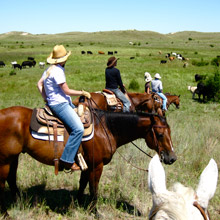 Reasons to Consider Horse Ranch Vacation For Your Next Adventure Trip
Experiencing a horse pack trip and enjoying the beauty of na
Reasons to Consider Horse Ranch Vacation For Your Next Adventure Trip
Experiencing a horse pack trip and enjoying the beauty of na
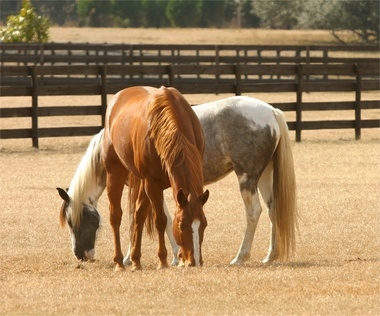 Horse Shelter Ideas
Horse Shelter Ideas
Horse Shelter Idea
Horse Shelter Ideas
Horse Shelter Ideas
Horse Shelter Idea
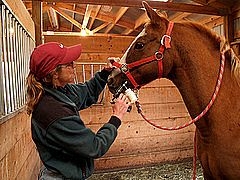 How to Worm a Horse
How to Worm a Horse
How to Worm a Hors
How to Worm a Horse
How to Worm a Horse
How to Worm a Hors
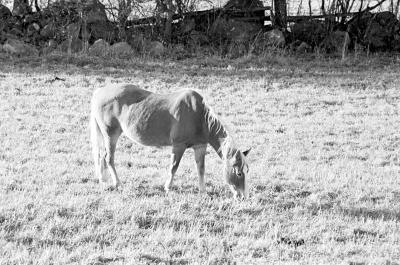 How to Fatten Up a Skinny Horse
How to Fatten Up a Skinny Horse
How to
How to Fatten Up a Skinny Horse
How to Fatten Up a Skinny Horse
How to
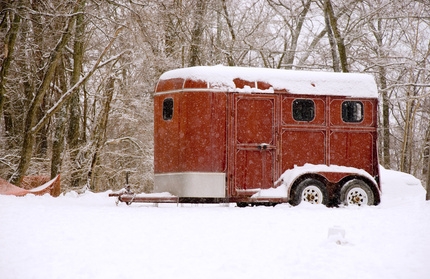 How to Establish the Value of a Horse Trailer
How to Establish the Value of a Horse Trailer
How to Establish the Value of a Horse Trailer
How to Establish the Value of a Horse Trailer